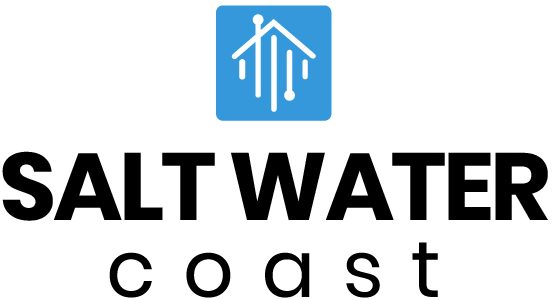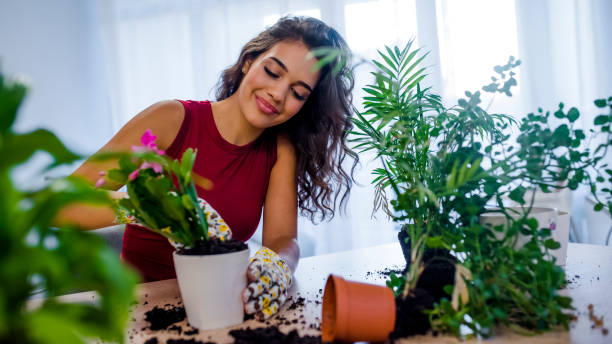Potting mix for indoor plants
The most important thing in plant life is the ability to absorb nutrients. Most plants get their nutrients from the soil.
Your potting soil is essential to indoor plants that will thrive and flourish. Knowing where to start when creating your potting soil cannot be easy.
If you do it wrong, your plants will wither or drop their leaves.
You can make your soil to grow indoor plants. This will ensure that you succeed in container gardening. It can be hard to find high-quality potting soil since most commercial mixes contain synthetic chemicals and other undesirable ingredients. Proper homemade potting soil mixes will consider the needs of indoor plants and prioritize organic and sustainable materials (i.e., food scraps).
You have more control over your plants’ nutrients by making your own potting mixture ingredients rather than buying bagged soil that is clearly marked as “for indoor plants”.
Common ingredients for homemade indoor potting mix
Perlite
Perlite, a volcanic glass, is formed when obsidian has been hydrated. Perlite for homemade potting soil can be expanded to make it brighter white. It is formed when volcanic glass is heated at a sufficiently high temperature.
Perlite can be used to amend a DIY potting mix to prevent soil compaction and promote drainage. Perlite can solve your root-rot problems in indoor plants. Perlite is a common ingredient in homemade potting soils. It helps prevent soil compaction and improves drainage.
Coir fibre
Coconut Coir, also known as coco coir or coco fibre, is a medium for growing plants made from the coconut husks. Coir fibre, unlike traditional potting soils, is very inert. It will not contain weed seeds or pests.
Coco coir is available in compressed bricks, which must be rehydrated prior to use. Compressed coir fibre is lighter than regular potting soil and can be transported, stored, and used indefinitely. It makes a great base medium for potted plants.
Peat moss
Peat moss, a common soil amendment, is harvested from peatbogs in Canada, the UK and other places. Peat moss harvesting is considered unsustainable for the environment. Peat moss is organic, but it grows very slowly, making it virtually non-renewable. Some plants may find the soil too acidic from peat moss, so limestone is often used to balance the ph.
Sphagnum peat moss is a similar material, but it’s a different one. While peat moss can look similar to soil, sphagnum moss might appear more like a living moss. Although peat moss was used for many decades in houseplant soil mixtures, it is gradually being replaced with more sustainable options.
Vermiculite
The vermiculite behaves somewhat like a sponge by absorbing water up to its maximum capacity and letting the rest drain away. Vermiculite can be grown alongside plant roots, allowing them to access water when they are needed. Because of its exceptional water retention properties, most potting soil will contain at least a little vermiculite.

